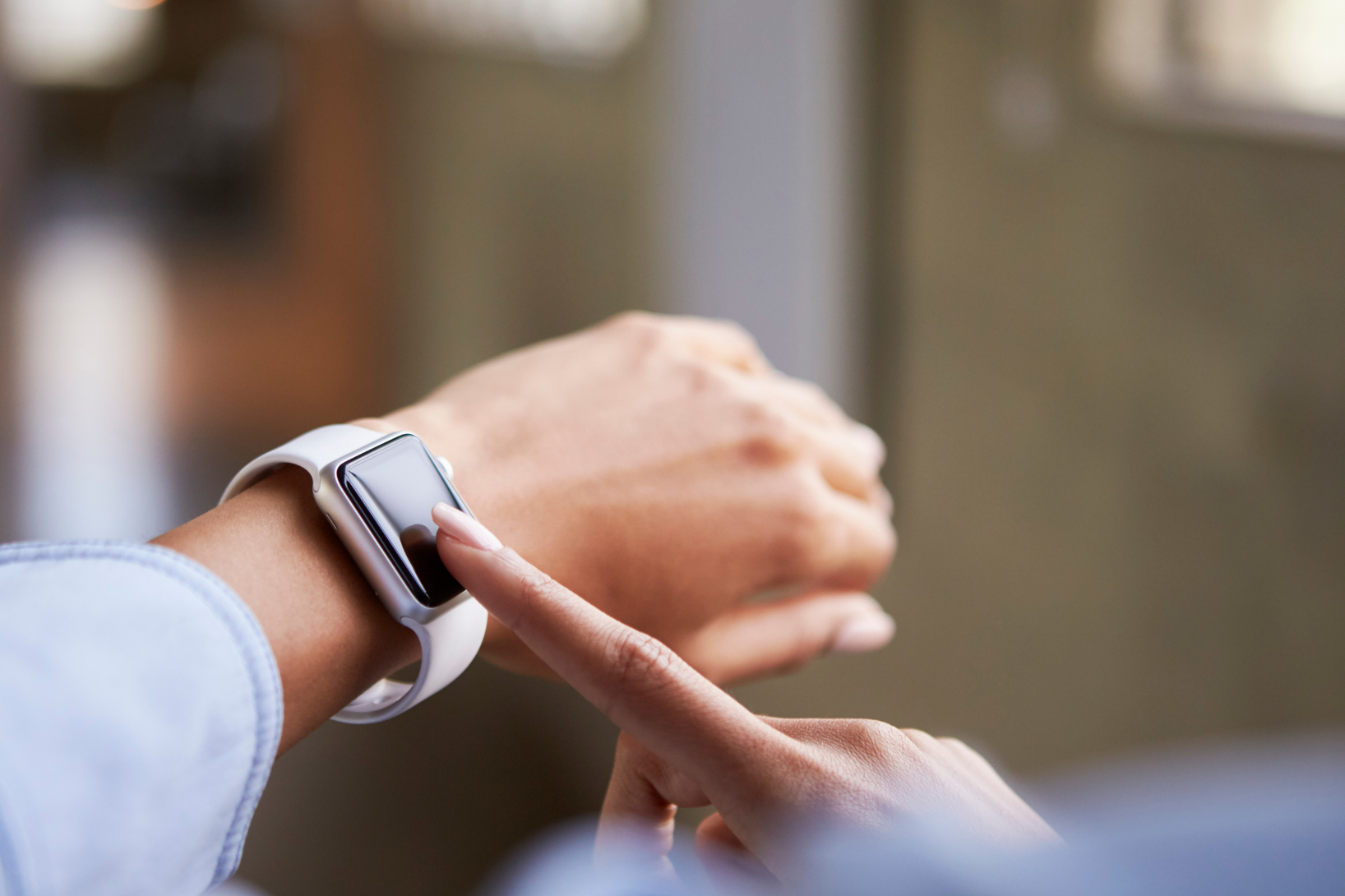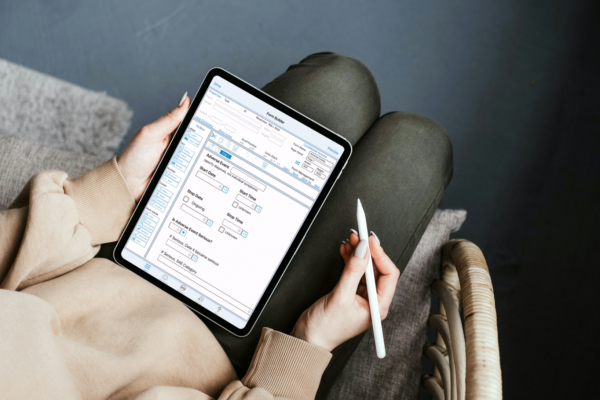Clinical trial data is coming from more places than ever. It can be collected directly from patients via native and web applications, pulled from wearable sensors, or gathered from electronic health records (EHR) databases. The kinds of data that can impact clinical research are limited only by researchers’ imagination. Today, an increasing number of study teams are exploring how best to leverage real-world data (RWD) to enhance the quality, efficiency, and applicability of clinical trials.
RWD encompasses data related to patient health status and the delivery of healthcare routinely collected from a variety of sources. These sources include electronic health records (EHRs), claims and billing activities, product and disease registries, and data gathered through personal devices and health applications. Following are a few of the ways that RWD can benefit clinical research teams.
Enhancing Patient Recruitment and Retention
Patient recruitment and retention remains one of the most significant challenges in clinical research. RWD can help address these challenges by identifying potential trial participants more efficiently. By analyzing EHRs and other databases, researchers can more quickly identify patient profiles that meet the eligibility criteria for a study, reducing the time and resources spent on recruitment. Furthermore, RWD can help in understanding patient behaviors and preferences, enabling researchers to design trials that are more aligned with the real-world context of potential participants, thereby improving the patient experience. Happier patients are more compliant and much more likely to remain enrolled in the study.
Informing Study Design and Protocol Development
RWD offers a rich source of information that can inform study design and protocol development. By analyzing data from a broad patient population, researchers can gain insights into disease epidemiology, standard care practices, and unmet medical needs. This knowledge can help in designing more relevant and efficient trials by identifying appropriate comparator arms, selecting meaningful endpoints, and ensuring the study population is representative of the patients who will ultimately use the intervention. Moreover, RWD can be used to support the feasibility of study protocols, by assessing the availability of potential participants and predicting enrollment rates.
Enhancing Safety Monitoring
RWD can play an important role in enhancing the safety monitoring of clinical trials. By integrating data from EHRs, registries, and other sources, researchers can develop a more comprehensive view of the safety profile of interventions. Real-time access to RWD allows for ongoing monitoring of adverse events, enabling quicker responses to potential safety issues. Furthermore, RWD can provide insights into long-term safety and effectiveness, beyond the duration of the clinical trial, by tracking outcomes in patients who have used the intervention in the real world.
Supporting Regulatory Submissions and Market Access
RWD is increasingly recognized by regulatory authorities as valuable evidence in support of new therapy authorizations. By supplementing clinical trial data with RWD, researchers can provide a more robust demonstration of an intervention’s effectiveness and safety in the broader patient population. This evidence can be particularly valuable in situations where randomized controlled trials (RCTs) are not feasible or ethical. Additionally, RWD can support health economic outcomes research (HEOR), which is crucial for demonstrating value to payers and health technology assessment (HTA) bodies, thereby facilitating market access.
Advice for Integrating Real-World Data
The integration of RWD with clinical trial data presents technical and operational challenges, including data variability, quality, and governance issues. Clinical trial data platforms like TrialKit allow for the seamless integration of RWD with all other clinical trial data, providing a unified solution for data collection, management, and analysis. TrialKit includes modules for eCOA/ePRO, remote patient monitoring and wearables integration (use with Apple Health and Google Fit out-of-the-box), and more. With something like this in place, clinical researchers can unlock the full potential of RWD, enhancing the efficiency, relevance, and impact of their clinical trials. TrialKit not only streamlines the integration of RWD but also supports the broader shift towards evidence generation that reflects the complexity of real-world clinical practice.
Conclusion
The utilization of RWD holds the promise of more efficient, relevant, and patient-centered studies. By enhancing patient recruitment, informing study design, enhancing safety monitoring, and supporting regulatory submissions, RWD can significantly improve study efficiency and data quality. Platforms like TrialKit play a pivotal role in this transformation, enabling the seamless integration of RWD with traditional clinical trial data and overcoming the technical and operational challenges associated with its use.
For more information, visit https://crucialdatasolutions.com/real-world-evidence/.



